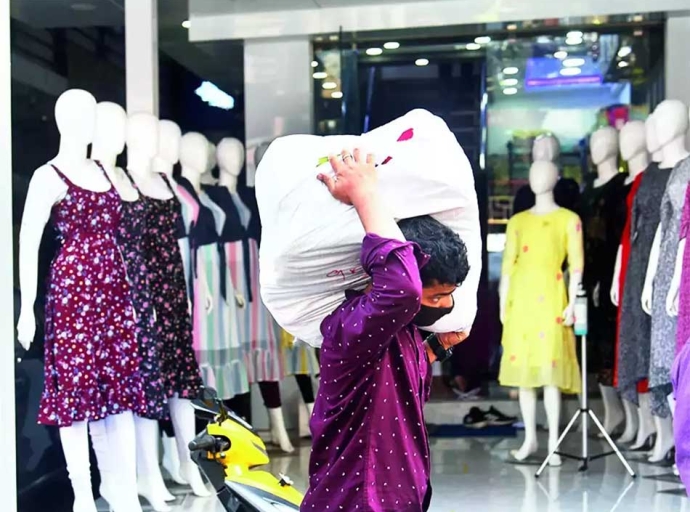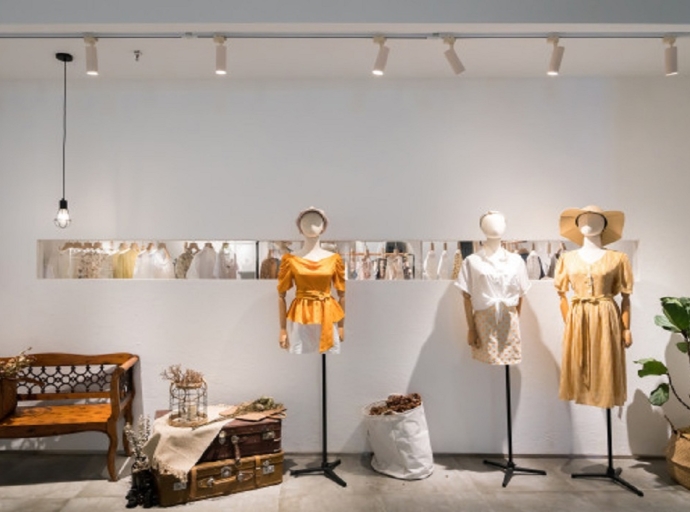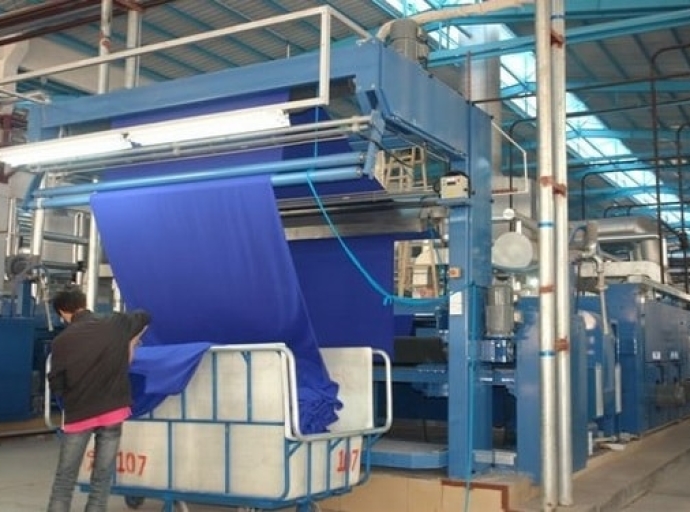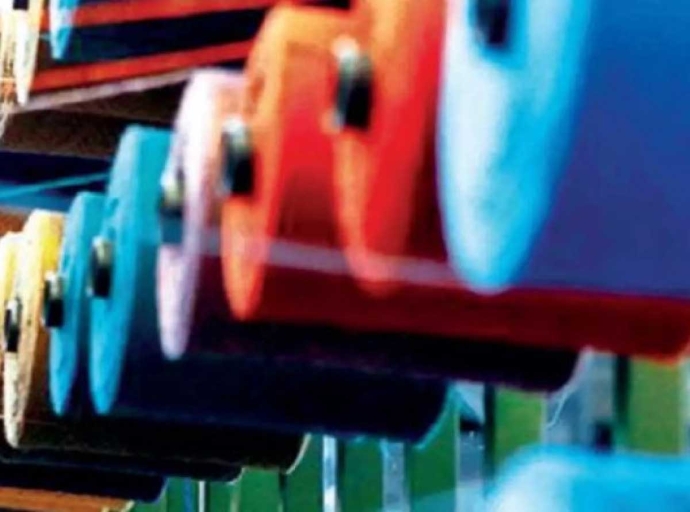09 September 2023, Mumbai
The textile recycling industry is on a trajectory to witness remarkable growth, with projections indicating a market value of US$ 4.8 billion in 2023 and an expected surge to US$ 6.6 billion by 2033, driven by a compelling CAGR of 3.2% during the 2023-2033 forecast period.
Growing environmental concerns and innovative recycling technologies are driving the growth of the textile recycling market.
Video Insights
Key Market Trends and Highlights
Environmental concerns surrounding textile waste generation and heightened social awareness about textile recycling are set to propel market expansion. Government agencies and private enterprises are increasingly turning to textile recycling to address mounting textile waste management issues.
Notably, discarded textiles contribute significantly to the waste stream in the United States, prompting the government's initiative to achieve zero waste by 2037 through the Council for Textile Recycling (CTR).
Textile Recycling Market Key Drivers
Innovative recycling technologies, spanning mechanical, chemical, and enzymatic processes, are evolving to more efficiently process diverse textile materials.
This advancement enables superior fiber separation, dye removal, and the production of high-quality recycled textiles.
The concept of a circular economy is gaining traction, with brands and manufacturers integrating circular principles into their business models, driving demand for recycled yarn. Textile-to-textile recycling, where textiles are transformed into fibers for new fabrics, is on the rise, aided by AI-based automation and grading technologies
The surge of startups dedicated to textile recycling reflects the growing sector interest and investment, often introducing cutting-edge technology to address long-standing challenges. Furthermore, industry groups are launching campaigns to educate both consumers and businesses about the advantages of textile recycling, influencing behavior and fostering a sustainability culture.
Challenges in the Textile Recycling Market
Textile recycling presents unique challenges due to its composition of fibers, blends, dyes, and finished products, necessitating specific handling methods.
The absence of standardized identification or labeling systems for textiles could pose growth impediments in the coming decade. Quality control also remains an issue, with contamination by non-recyclable items like buttons and zippers diminishing the value of recycled materials.
Comparative View of Adjacent Markets
In a comparative analysis, the textile recycling market is positioned to dominate among textile staples and air-laid textile markets during the 2023-2033 forecast period. Growing consumer demand for eco-friendly products and sustainability awareness opens opportunities for horizontal expansion among vendors.
Sustainable Practices Among Manufacturers Driving United States Market
The United States is expected to reach a market value of US$ 1.2 billion by 2033, boasting a CAGR of 3.1%.
This surge in the textile recycling market stems from heightened awareness of textile waste's environmental impact and the growing imperative to divert textiles from landfills. As the world's top consumer of clothing and textiles, the United States generates significant textile waste, making recycling a crucial element of waste reduction strategies.
The market is experiencing rapid technological advancements, including improved sorting methods, chemical recycling processes, and the introduction of new recycled textile materials. Nonprofit organizations are actively promoting textile recycling and raising awareness among businesses and communities.
The United Kingdom Spearheads Circular Fashion in Europe
In the United Kingdom, textile recycling is gaining momentum, with a projected CAGR of 2.9% from 2023 to 2033, reaching a market size of US$ 247 million by the end of the forecast period. To address the fashion industry's substantial carbon footprint, the UK government has implemented measures to hold fashion businesses accountable for recycling costs and encourage sustainable design and labeling.
Leading initiatives such as the Sustainable Clothing Action Plan and Textile 2030 aim to reduce the environmental impact of the textile sector through science-based targets, driving the adoption of circular fashion practices.
Competitive Landscape
The global textile recycling market boasts a diverse mix of large and small-scale players, each employing various strategies to achieve growth. These strategies encompass technology development, expansion, mergers, and acquisitions to enhance market share, reach, and revenue.
In April 2023, Circ partnered with Zara to launch a women's clothing collection crafted from recycled lyocell and polyester extracted from mixed textile waste.
Meanwhile, Lenzing Group introduced LENZINGTM ECOVERO with REFIBRATM technology in 2023, furthering its commitment to a circular economy in the textile and fashion industry.
Birla Cellulose joined forces with TextileGenesisTM in May 2023, offering traceability and transparency solutions for the fibers and garments industry, emphasizing collaboration with brands and supply chain partners to scale its circular business model.
CREDITS: Future Market Insights report

Latest Textile Events


































